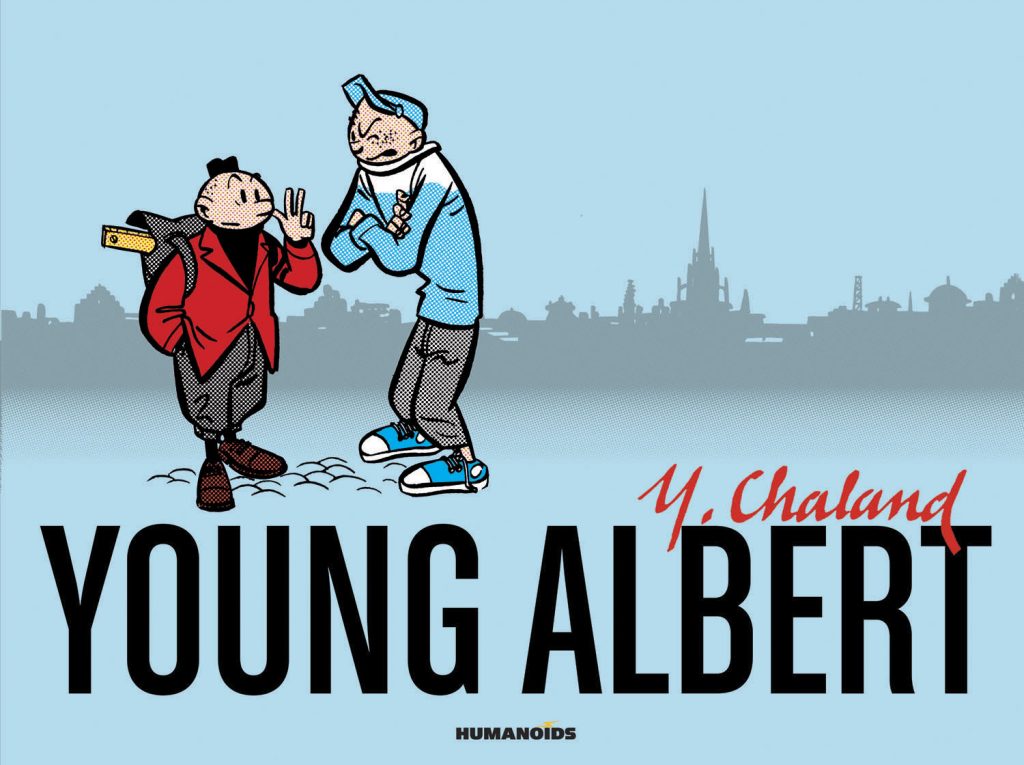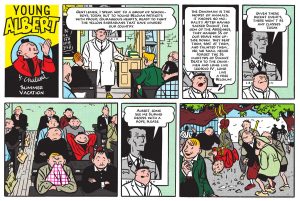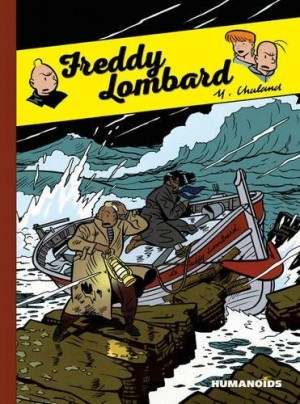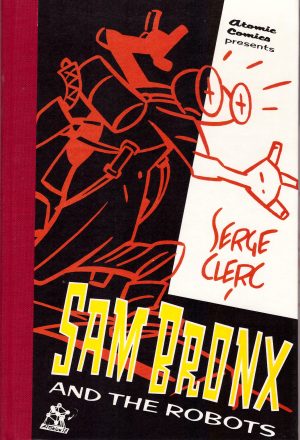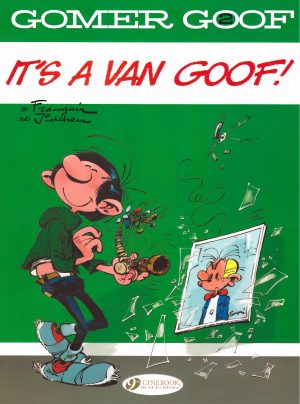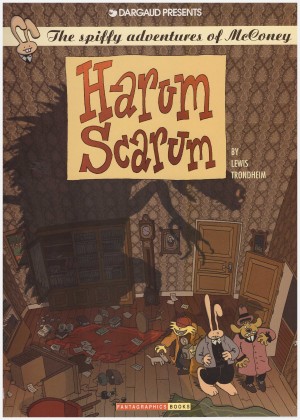Review by Ian Keogh
It’s a great shame that the only printed English language presentation of this work by the superbly talented Yves Chaland is restricted to an expensive coffee table format and limited edition, although the digital presentation is cheaper.
Chaland died tragically early, yet by his late twenties he was already a master cartoonist, drawing his influences from the classic ligne claire work of Franco-Belgian artists during the 1950s, but bringing a contemporary sense of design to bear. Young Albert was serialised half page strips with Albert himself a knowing young lad, cynical beyond his years, offering what’s on the face of it sound advice to his contemporaries, yet contradictory and aggressive, while the advice offered is frequently insensitively supplied at the worse possible moment.
The earliest strips parody magazine advice columns and have colouring and a style deliberately echoing the Bazooka Joe strips that accompanied bubble gum in the 1960s and 1970s. As Chaland continues, however, he becomes more ambitious, and deliberately provocative, subverting the Belgian tradition of the happy go lucky child protagonist by transforming Albert into an opportunistic thug. Violence is frequent and brutal, the consequences shown, itself unusual for slapstick, and it’s completely over the top, yet still hilarious. As such Young Albert from the 1980s is very much a precursor to early 21st century animation exploring similar territory such as Family Guy and South Park.
Albert and his friends begin with a timeless look, but from the earliest examples the strip was peppered with Belgian colloquialisms that remain in the original Flemish, footnotes provided where appropriate. Chaland eventually settled on late 1930s Belgium as Albert’s period, and then moves forward to an invaded country, expanding his remit to consider the social problems of wartime and becoming ever more visually imaginative. The life and motion to the earliest strips is deft and impressive, but Chaland introduces dreamlike sequences deliberately referencing Little Nemo, although not as ornately drawn, and Ubu Roi. It reflects the content, which becomes ever more nihilistic, surreal, barbed and bleak as Albert wanders the bombed streets of Brussels, yet a sense of visual aesthetics prevails. Whatever the content, the look is consistent from start to finish, and the cartooning is beautiful.
While this edition is expensive, the production supports the price. We are dealing with a master, so the strips are reproduced at an enlarged size on exceptionally thick paper stock, while an essay in the back contextualises Chaland’s work and supplies examples of Albert’s development. Almost every other Humanoids publication first issued in a luxury format has eventually been released as a more affordable package, so why not Young Albert?
